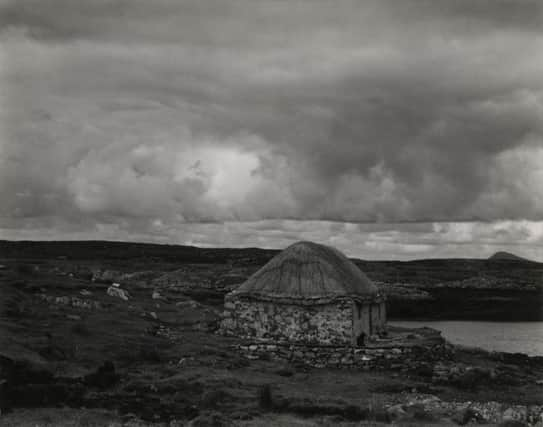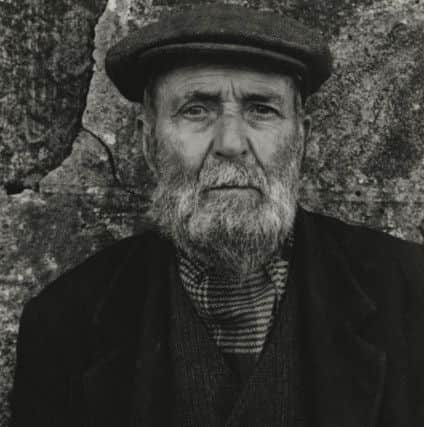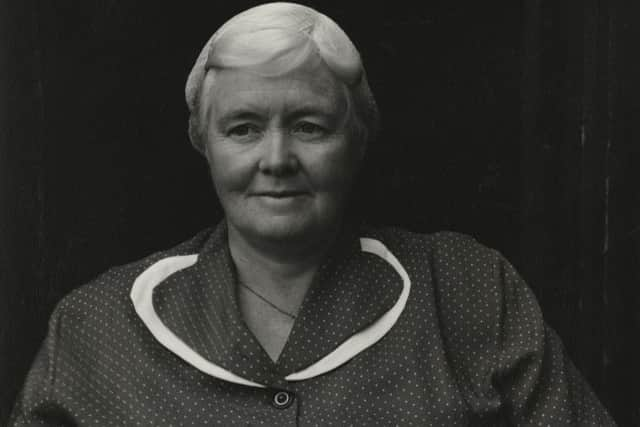Rare photos of Hebrides go on display


The elegiac images of everyday life in the Outer Hebrides in the 1950s are regarded as among Strand’s best work. He spent three months visiting South Uist and Benbecula, documenting residents and the landscape. His trip coincided with plans to build a missile range on South Uist and Strand saw his photographs as a way of preserving a way of life that was under threat.
The photographs taken during his visit to Scotland in 1954 have been acquired by the Scottish National Portrait Gallery, where they are on display until 20 September as part of its Collecting Now exhibition.
Advertisement
Hide AdIt is the first time Strand’s Scottish work has entered a public art collection in Scotland and the gallery’s director said they were an “important contribution” to its catalogue of international photography.


Strand decided to visit the island after hearing a radio programme about the Gaelic song tradition on South Uist. After travelling there with his wife, Hazel Kingsbury Strand, the couple were introduced to islanders by the local doctor, and Strand went on to take more than a hundred photographs.
Many of them were eventually published in his book, Tir a’ Mhurain. Taken from a traditional Gaelic song, it title translates as ‘Land of Bent Grass’.
As a committed Marxist who came under scrutiny as McCarthyism swept the US, Strand went into exile in France before visiting Scotland, where the military background to his work only enraged authorities in his homeland further.
In a 1957 letter to Basil Davidson, an English journalist who wrote the accompanying text for the book, Strand hinted at his motivations for visiting the Outer Hebrides.


“Rocket testing sounds innocuous enough, it makes you think of the moon, interplanetary space and the geophysical year,” he wrote. “But if by chance the word rocket were a euphemism of a sort for guided missiles - maybe with atomic warheads - that is a horse of a somewhat different colour.”
Advertisement
Hide AdWhen Tir a’ Mhurain was eventually published in 1962, it was printed in Leipzig in the former East Germany. Strand died in 1976 in France.
Christopher Baker, director of the Scottish National Portrait Gallery said: “These works are an important contribution to broadening our international holdings of photography, while the distinct Scottish subject matter relates to the larger mission for the Scottish National Portrait Gallery in representing the people and topography of Scotland.”
Advertisement
Hide AdThe major acquisition, supported by the Art Fund, is composed of nine vintage black and white portraits of people and landscapes in South Uist. They include four portraits of ordinary people, such as fishermen and crofters.
The remaining five photographs focus on the landscapes of South Uist, with some images capturing a loch, a croft, and ropes, buoys and other equipment used by those who made their living from the sea.
Stephen Deuchar, director of the Art Fund, said: “Paul Strand was a photographic pioneer but he is under-represented in UK collections and not at all in Scotland, so we are very pleased to support this acquisition for the Scottish National Portrait Gallery. This series of remarkable images from the Hebrides has an especially important resonance for the gallery’s collections, and furthermore will sit well alongside works in the permanent collection by photographers influenced by Strand.”
• SEE ALSO Visual art review: Romantic camera